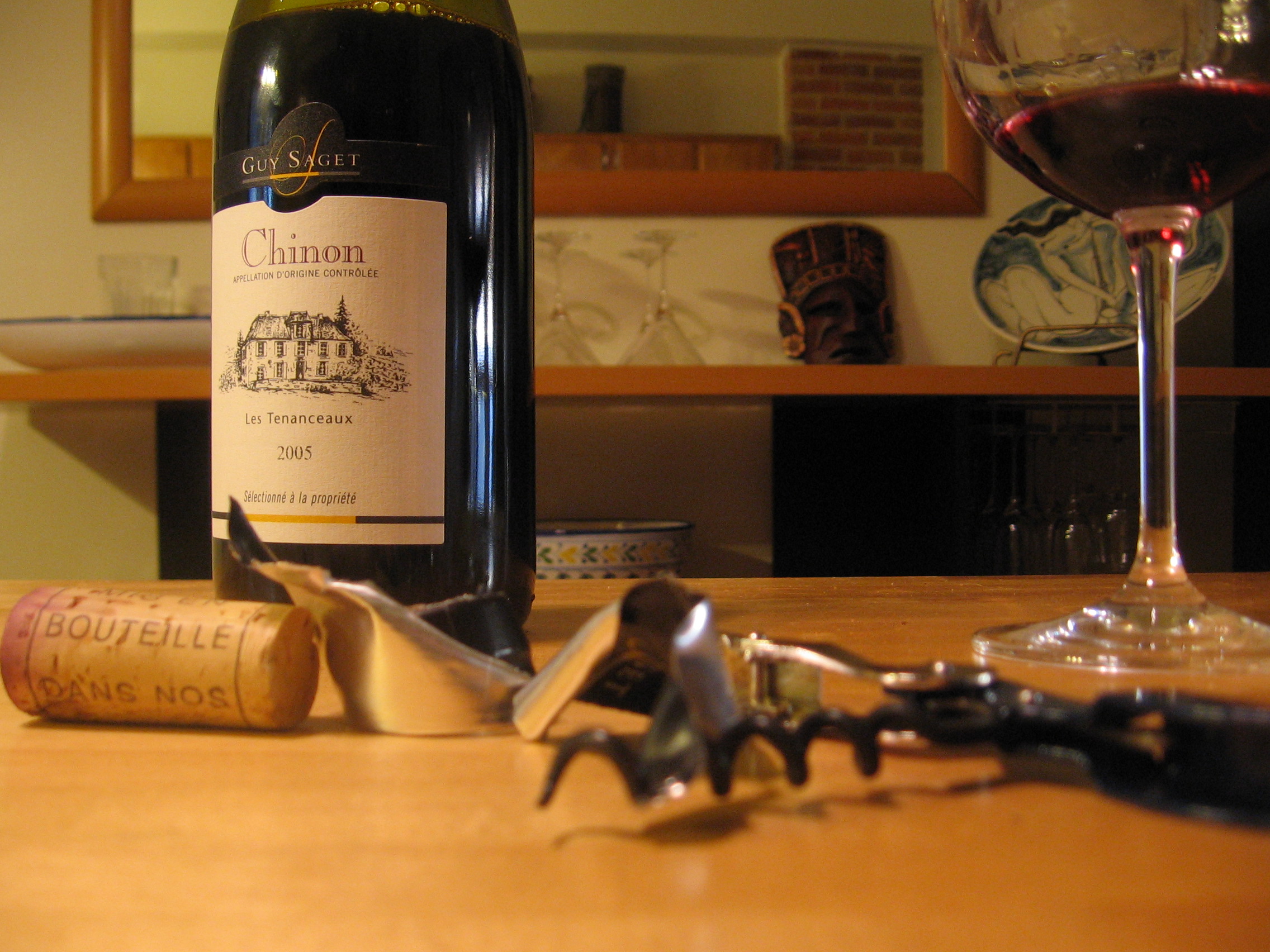So I just completed 2 full circuit repetitions of the scientifically proven 7-minute workout which I posted about last week. That was no joke! I tried to go with full intensity, as the study recommends. Let me tell you, I am feeling sweaty, something that rarely happens when I do my 30 minute run around the local park. I feel good! I used this very helpful video to help me keep on pace and put on some dance music.
If I can do this workout every day or two, I will be kickin' butt soon...that's a proven fact! But here are a few lessons I learned:
- This is super easy to do at home and I love that I don't need weights or equipment!
- I need a sturdier chair for the step-ups and tricep dips!
- 30 seconds of push ups doesn't sound hard, but it really burns when your only 15 seconds in at a high intensity level
- I love the simplicity and difficulty of a wall sit
- Push ups with rotation aren't hard. But when your muscles are a little shaky already, these can really put you off balance. Good thing no one was watching!
- I look stupid doing jumping jacks in-front of a mirror
Any one else give this a try yet? What did you think?












